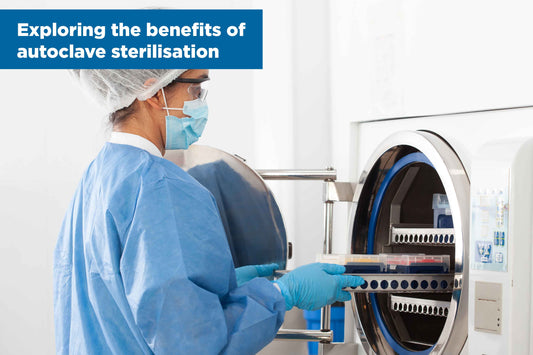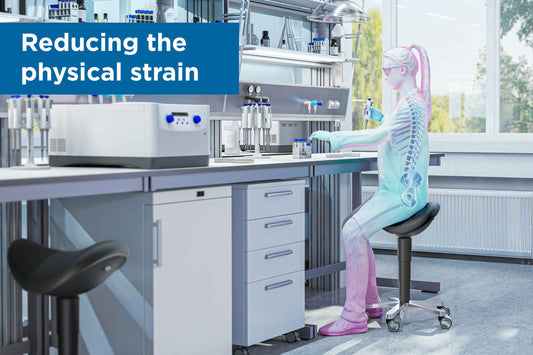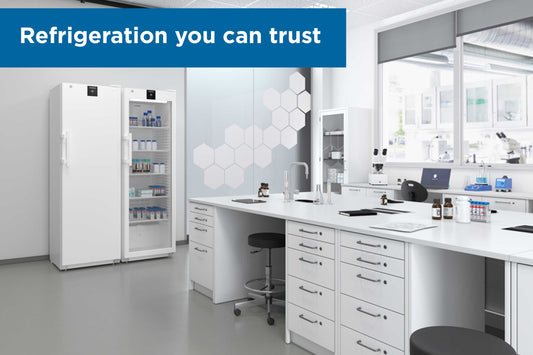A new cutting table, designed with continuous improvement in mind, has offered reduced cleaning downtimes and more efficient processing of throat sweetbreads destined for high-end restaurants.
One of the largest suppliers of fresh meat in Europe, has a site in the southwest of England where it processes in excess of one million lambs each year. The bulk of the products go to the UK grocery sector. In the spirit of no part of the animal going to waste, the plant has a lucrative side line in extracting and selling the thymus gland, known in culinary terms as throat sweetbread.
Given the destination for these delicacies is high-end restaurants, quality is paramount with fine workmanship in the preparation of the product for the chefs to work with.
One operative is responsible for removing the sweetbreads and processes between 10 and 15 trays of lamb throats per shift. This is performed on a specialist piece of furniture called the throat trimming table. The previous table had been modified and rewelded several times over the course of its lifetime and had reached the limits of its usefulness.
The client approached Teknomek for a bespoke replacement that would factor in hygienic best practice and speed up clean down times to reduce operating costs over time. Working to lean processes, the piece of furniture should also drive production efficiencies through ergonomics to ensure faster quality processing and further reduce wastage.
Form to fit the function
The table was developed to fit the space and with workflows in mind. The first priority for the engineering team was to refresh the design of the table from a two-piece unit to a single piece that would improve operational functionality and reduce clean down time.
The sweetbreads are now stored in containers in a dedicated and secure area away from the cutting table. This allows them to drain and enables easier for processing and they are also less likely to be knocked by the operative. The design of the holder factored in the cleaning process with an easy to clean perforated tray and frame.
On the cutting table itself, the offcuts are easily swept straight from the removable poly top into clearly designated trays sitting directly underneath the unit. This ensures by-products destined for animal food are quickly removed without any risk of cross-contamination with the products for human consumption.
The diamond-braced multi-bar shelf for the waste trays enables fast and efficient wash down. Because this is inset, the dollies holding the crates protrude less from the table so they won’t be knocked out of place.
Kaizan principles for long-term cost benefits
Working from principles of continuous improvement, we decided to align the relative height of the cutting table to the finished goods containers. Different sized storage units are used in line with the product volume. However, we recommended that all containers should be the same height, this speeds up the transfer to the finished product container. In line with Kaizen principles, these small changes will make a big difference to operating costs over time.
Eliminating harborage points to drive efficiencies
After improving operational output, the next consideration was to eliminate trap points from the secure 304 grade stainless steel frame. The original table featured multiple ledges, bolts and raised welds, which made cleaning at the end of the shift a laborious process – even when using high-pressure hoses. Teknomek then made the decision to fit stainless steel hygienic feet with no visible threads to further speed up cleaning.
Removing harborage points dramatically improved clean down - in fact halving the time it takes. This means the total cost of ownership is greatly improved over its predecessor, the inherent time savings means the outlay for the table should be recouped within 12 months.
The cutting takes place on a removable poly top board, which protects the knives from blunting, thus reducing the number for stoppages to sharpen blades. Moreover, polyethylene doesn’t absorb liquids and odours, which means it won’t harbour bacteria.
The Continuous Improvement (CI) team had a clear specification in mind when they approached Teknomek and the product was developed quickly and efficiently in close consultation with the client. The table went from original specification to delivery to site in around a month.
As the product was designed with continuous improvement in mind, it will have a positive impact on the processor’s operations for many years to come.




